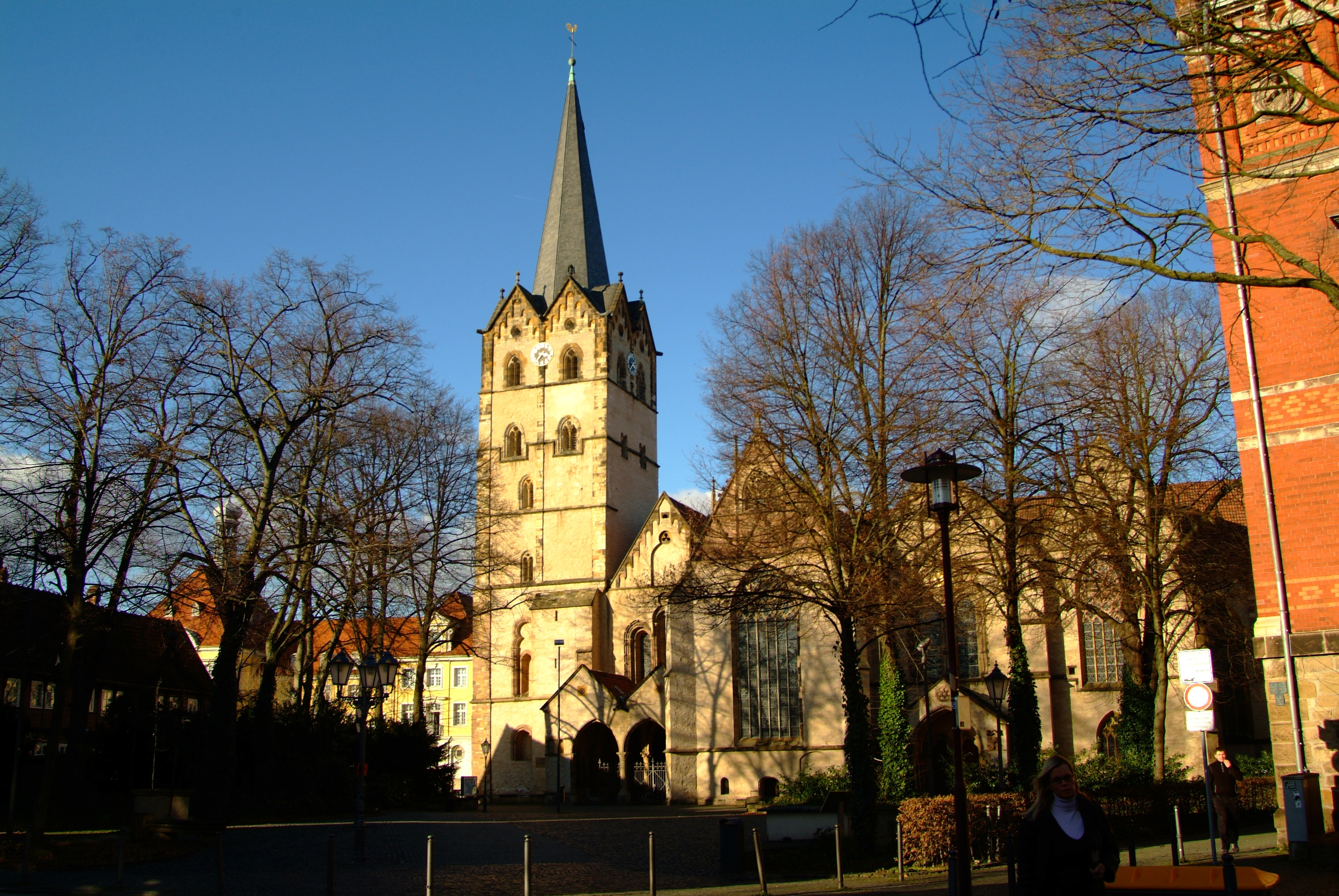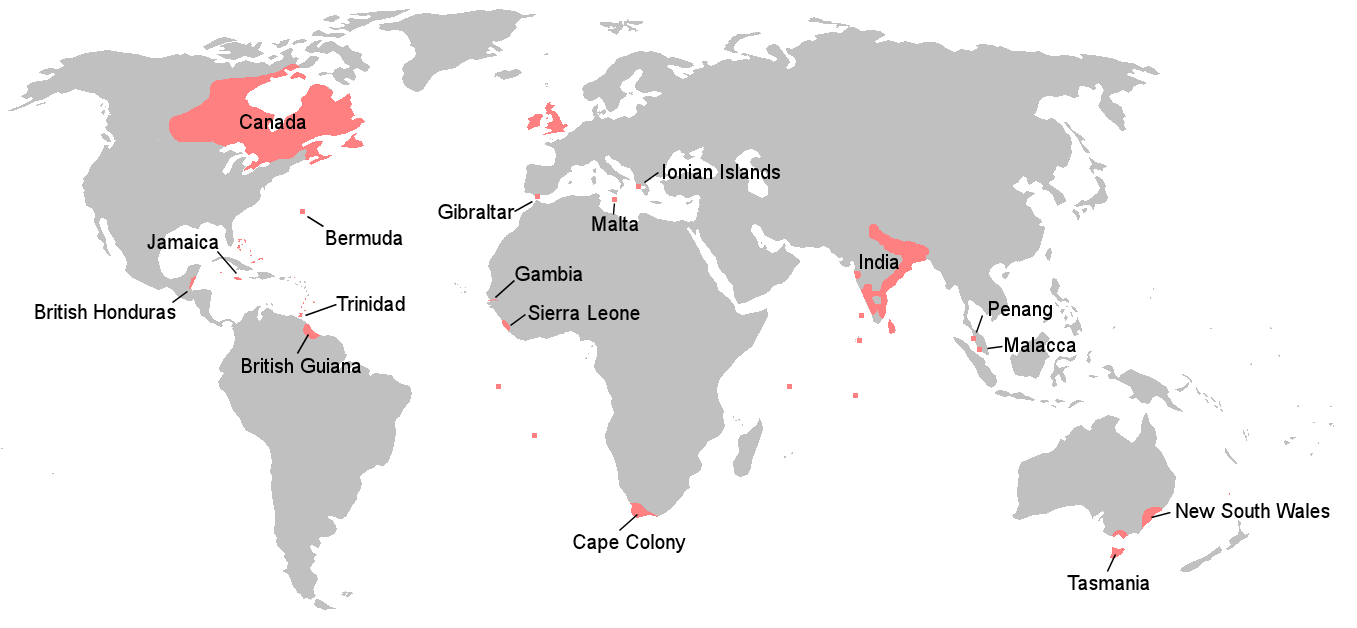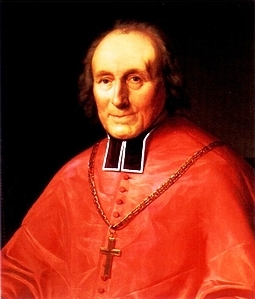|
Herford, Germany
Herford (; ) is a town in North Rhine-Westphalia, Germany, located in the lowlands between the hill chains of the Wiehen Hills and the Teutoburg Forest. It is situated in the cultural region of Ostwestfalen-Lippe (OWL) and the Detmold (administrative region), administrative region of Detmold. It is the capital of the Districts of Germany, district (''Landkreis'') of Herford (district), Herford. Geography Geographic location The former Hanseatic League, Hanseatic town of Herford is situated in the chain of hills south of the Wiehen Hills (Ravensberg Hills). The highest place is the Dornberg (240 m) in the Schwarzenmoor district; the lowest point (56 m) is located in the Werretal in the Falkendiek district. The River Westfälische Aa, Aa joins the river Werre in the centre of the town. The Stuckenberg is located east of the town. Neighbouring towns * West: Enger, Hiddenhausen * North: Löhne * North-East: Vlotho * South-East: Bad Salzuflen (Lippe district) * South-West: Bi ... [...More Info...] [...Related Items...] OR: [Wikipedia] [Google] [Baidu] |
North Rhine-Westphalia
North Rhine-Westphalia or North-Rhine/Westphalia, commonly shortened to NRW, is a States of Germany, state () in Old states of Germany, Western Germany. With more than 18 million inhabitants, it is the List of German states by population, most populous state in Germany. Apart from the city-states (Berlin, Hamburg and Bremen), it is also the List of German states by population density, most densely populated state in Germany. Covering an area of , it is the List of German states by area, fourth-largest German state by size. North Rhine-Westphalia features 30 of the 81 German municipalities with over 100,000 inhabitants, including Cologne (over 1 million), the state capital Düsseldorf (630,000), Dortmund and Essen (about 590,000 inhabitants each) and other cities predominantly located in the Rhine-Ruhr metropolitan area, the largest urban area in Germany and the fourth-largest on the European continent. The location of the Rhine-Ruhr at the heart of the European Blue Banana make ... [...More Info...] [...Related Items...] OR: [Wikipedia] [Google] [Baidu] |
Bielefeld
Bielefeld () is a city in the Ostwestfalen-Lippe Region in the north-east of North Rhine-Westphalia, Germany. With a population of 341,755, it is also the most populous city in the administrative region () of Detmold (region), Detmold and the List of cities in Germany by population, 18th largest city in Germany. The historical centre of the city is situated north of the Teutoburg Forest line of hills, but modern Bielefeld also incorporates boroughs on the opposite side and on the hills. The city is situated on the ''Hermannsweg'', a hiking trail which runs for 156 km along the length of the Teutoburg Forest. Bielefeld is home to a significant number of internationally operating companies, including Dr. Oetker, DMG Mori Aktiengesellschaft, DMG Mori (former Gildemeister), Möller Group, Goldbeck GmbH, Goldbeck and Schüco. It has a Bielefeld University, university and several technical colleges (). Bielefeld is also known for the Bethel Institution. History Founded in 1214 ... [...More Info...] [...Related Items...] OR: [Wikipedia] [Google] [Baidu] |
Napoleonic Wars
{{Infobox military conflict , conflict = Napoleonic Wars , partof = the French Revolutionary and Napoleonic Wars , image = Napoleonic Wars (revision).jpg , caption = Left to right, top to bottom:Battles of Battle of Austerlitz, Austerlitz, Fall of Berlin (1806), Berlin, Battle of Friedland, Friedland, Battle of Aspern-Essling, Aspern-Essling, French occupation of Moscow, Moscow, Battle of Leipzig, Leipzig and Battle of Paris (1814), Paris , date = {{start and end dates, 1803, 5, 18, 1815, 11, 20, df=yes({{Age in years, months, weeks and days, month1=05, day1=18, year1=1803, month2=11, day2=20, year2=1815) , place = Atlantic Ocean, Caucasus, Europe, French Guiana, Mediterranean Sea, North Sea, West Indies, Ottoman Egypt, Egypt, East Indies. , result = Coalition victory , combatant1 = Coalition forces of the Napoleonic Wars, Coalition forces:{{flagcountry, United Kingdom of Great Britain and ... [...More Info...] [...Related Items...] OR: [Wikipedia] [Google] [Baidu] |
Province Of Westphalia
The Province of Westphalia () was a Provinces of Prussia, province of the Kingdom of Prussia and the Free State of Prussia from 1815 to 1946. In turn, Prussia was the largest component state of the German Empire from 1871 to 1918, of the Weimar Republic and from 1918 to 1933, and of Nazi Germany from 1933 until 1945. The province was formed and awarded to Prussia at the Congress of Vienna in 1815, in the aftermath of the Napoleonic Wars. It combined some territories that had previously belonged to Prussia with a range of other territories that had previously been independent principalities. The population included a large population of Catholics, a significant development for Prussia, which had hitherto been almost entirely Protestant. The politics of the province in the early nineteenth century saw local expectations of Prussian reforms, increased self-government, and a constitution largely stymied. The Revolutions of 1848 led to an effervescence of political activity in the pro ... [...More Info...] [...Related Items...] OR: [Wikipedia] [Google] [Baidu] |
Peace Of Westphalia
The Peace of Westphalia (, ) is the collective name for two peace treaties signed in October 1648 in the Westphalian cities of Osnabrück and Münster. They ended the Thirty Years' War (1618–1648) and brought peace to the Holy Roman Empire, closing a calamitous period of European history that killed approximately eight million people. Holy Roman Emperor Ferdinand III, the kingdoms of France and Sweden, and their respective allies among the princes of the Holy Roman Empire, participated in the treaties.Clodfelter, Micheal (2017). ''Warfare and Armed Conflicts: A Statistical Encyclopedia of Casualty and Other Figures, 1492–2015.'' McFarland. p. 40. . The negotiation process was lengthy and complex. Talks took place in two cities, because each side wanted to meet on territory under its own control. A total of 109 delegations arrived to represent the belligerent states, but not all delegations were present at the same time. Two treaties were signed to end the war in the Empi ... [...More Info...] [...Related Items...] OR: [Wikipedia] [Google] [Baidu] |
Henry The Fowler
Henry the Fowler ( or '; ; – 2 July 936) was the duke of Saxony from 912 and the king of East Francia from 919 until his death in 936. As the first non- Frankish king of East Francia, he established the Ottonian dynasty of kings and emperors, and he is generally considered to be the founder of the medieval German state, known until then as East Francia. An avid hunter, he obtained the epithet "the Fowler" because he was allegedly fixing his birding nets when messengers arrived to inform him that he was to be king. He was born into the Liudolfing line of Saxon dukes. His father Otto I of Saxony died in 912 and was succeeded by Henry. The new duke launched a rebellion against the king of East Francia, Conrad I of Germany, over the rights to lands in the Duchy of Thuringia. They reconciled in 915 and on his deathbed in 918, Conrad recommended Henry as the next king, considering the duke the only one who could hold the kingdom together in the face of internal revolts an ... [...More Info...] [...Related Items...] OR: [Wikipedia] [Google] [Baidu] |
Widukind
Widukind, also known as Wittekind and Wittikund, was a leader of the Saxons and the chief opponent of the Frankish king Charlemagne during the Saxon Wars from 777 to 785. Charlemagne ultimately prevailed, organized Saxony as a Frankish province, massacred thousands of Saxon nobles, and ordered conversions of the pagan Saxons to Christianity. In later times, Widukind became a symbol of Saxon independence and a figure of legend. He is also venerated as a blessed in the Catholic Church. Life Very little is known about Widukind's life. His name literally translates as "child of the forest". In the chronicles he is accompanied by Abbi who may have been a close relative. However, it is uncertain how they were related because all sources about him stem from his enemies, the Franks, who painted a negative picture representing him as an "insurgent" and a "traitor". While Widukind was considered the leader of the Saxon resistance by the Franks, his exact role in the military campaigns ... [...More Info...] [...Related Items...] OR: [Wikipedia] [Google] [Baidu] |
Herford Abbey
Herford Abbey () was the oldest women's religious house in the Duchy of Saxony. It was founded as a house of secular canonesses in 789, initially in Müdehorst (near the modern Bielefeld) by a nobleman called Waltger, who moved it in about 800 onto the lands of his estate ''Herivurth'' (later ''Oldenhervorde'') which stood at the crossing of a number of important roads and fords over the Westfälische Aa, Aa and the Werre. The present city of Herford grew up on this site around the abbey. History 9th–12th centuries The abbey was dedicated in 832 and was elevated to the status of a ''Reichsabtei'' ("Imperial abbey") under Emperor Louis the Pious (d. 840). In ecclesiastical matters it was answerable directly to the Pope and was endowed with a third of the estates originally intended for Corvey Abbey. In 860, at the instigation of the abbess Haduwy (Hedwig), the bones of Saint Pusinna, later the patron saint of Herford, were brought from her hermitage at Binson (hermitage), Bi ... [...More Info...] [...Related Items...] OR: [Wikipedia] [Google] [Baidu] |
Saxony
Saxony, officially the Free State of Saxony, is a landlocked state of Germany, bordering the states of Brandenburg, Saxony-Anhalt, Thuringia, and Bavaria, as well as the countries of Poland and the Czech Republic. Its capital is Dresden, and its largest city is Leipzig. Saxony is the List of German states by area, tenth largest of Germany's sixteen states, with an area of , and the List of German states by population, sixth most populous, with more than 4 million inhabitants. The term Saxony (other), Saxony has been in use for more than a millennium. It was used for the medieval Duchy of Saxony, the Electorate of Saxony of the Holy Roman Empire, the Kingdom of Saxony, and twice for a republic. The first Free State of Saxony was established in 1918 as a constituent state of the Weimar Republic. After World War II, it was under Soviet occupation before it became part of communist East Germany and was abolished by the government in 1952. Following German reunificat ... [...More Info...] [...Related Items...] OR: [Wikipedia] [Google] [Baidu] |
Dietrich Of Ringelheim
Dietrich, also known as Dietrich of Ringelheim, was a Saxon count of the Middle Ages. Biography Dietrich (Theodoric), sometimes called ''Dietrich of Ringelheim'' in later literature, was a medieval Saxon count in the German region of Westphalia. According to contemporary chronicles, his Immedinger family stemmed from the House of the Saxon duke Widukind. Dietrich was probably born in the second half of the 9th century, a few decades after the Saxons were brought under the control of Charlemagne Charlemagne ( ; 2 April 748 – 28 January 814) was List of Frankish kings, King of the Franks from 768, List of kings of the Lombards, King of the Lombards from 774, and Holy Roman Emperor, Emperor of what is now known as the Carolingian ...'s Frankish empire. His date of death remains uncertain, but might have been after the 910s according to the ''Memoirs of the Royal Academy of Sciences and Letters''. According to ''genealogieonline'', Dietrich died between 916 and 9 ... [...More Info...] [...Related Items...] OR: [Wikipedia] [Google] [Baidu] |
Matilda Of Ringelheim
Matilda of Ringelheim ( – 14 March 968), also known as Saint Matilda, was a Saxon noblewoman who became queen of Germany. Her husband, Henry the Fowler, was the first king from the Ottonian dynasty, and their eldest son, Otto the Great, restored the Holy Roman Empire in 962. Matilda founded several spiritual institutions and women's convents. She was considered to be extremely pious, righteous and charitable. Matilda's two hagiographical biographies and '' The Deeds of the Saxons'' serve as authoritative sources about her life and work. Early life and dynastic connections Matilda was born in around 892. She was a daughter of Reinhild and Dietrich. He was count of the Duchy of Saxony in the Kingdom of Germany, formed fifty years earlier after the Treaty of Verdun. Fighting against Charlemagne at that time had been the Saxon duke Widukind, from whom Dietrich was descended. It was in Herford Abbey, in the Duchy of Saxony, that Matilda was raised by her grandmother (also ca ... [...More Info...] [...Related Items...] OR: [Wikipedia] [Google] [Baidu] |




